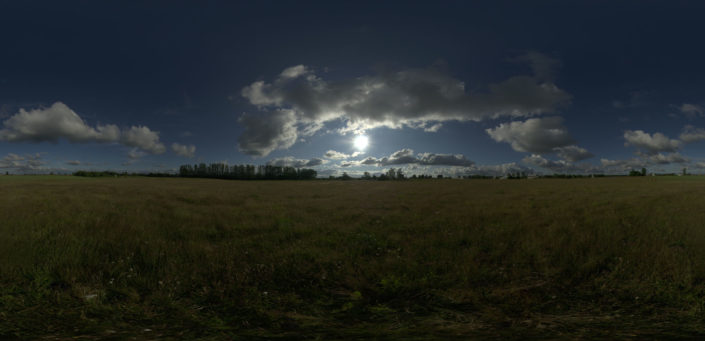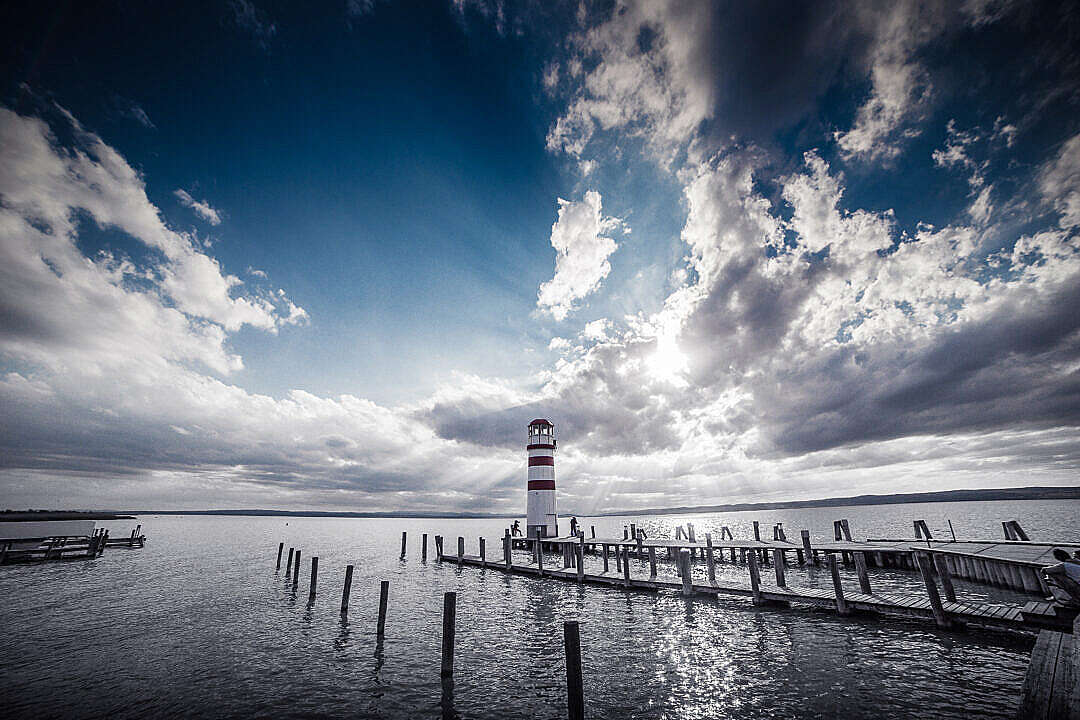

- #Free hdr files for commercial use full#
- #Free hdr files for commercial use software#
- #Free hdr files for commercial use license#
- #Free hdr files for commercial use download#
Permissions beyond the scope of this license may be available at NoEmotionHDRs by Peter Sanitra is licensed under a Creative Commons Attribution-NoDerivatives 4.0 International License.
#Free hdr files for commercial use download#
You can use the HDRs for both personal and commercial work, it`s free to download and licenced under creattive Commons : Same picture showing linear HDR image(left) versus ldr tonemaped image(right)ġ.Can I use your images for commercial work? You just go and pick the one you think will work, without having to wait for the 350mb full-resolution file to load. It's very useful to have these quick thumbnails ready for when you are lighting your CG. Photoshop's tonemapper is just fine for this purpose and I adjust and tune the settings for each image by eye. The HDR image is linear, so to create an LDR preview, I use tonemapping. I paint out unwanted elements, fix up little stitching issues, and adjust the base exposure level at which the file is saved. I align the images so that the sun is in the center of the panorama. It is a very simple process of loading all of the stitched panoramas for a bracketed set and 'merging' them into a single linear HDR image.Īt this point the only thing left is finishing touches.

The next step is exposure merging and for that I use Photomatix. Each exposure gets stitched to a separate panorama and exported as a 15x17.5k TIFF file.Įach exposure level stitched to separate 360x180 degree panorama All of my exposures are aligned, so I only need to stitch one exposure and then use the same template for the rest. The masking tools are also a great help with getting rid of unwanted elements (tripod, tripod shadow, photographer shadow, cars, people etc.). It doesn't have a fancy interface, but it's incredibly fast and precise.

#Free hdr files for commercial use software#
Call me old school, but this software has it all. From there, I save the output as TIFF files and stitch using PTGUI. I saved the images as Canons CR2 raws files and processed them with DxO Optics for removal of noise, fringing/aberration and other unwanted lens artifacts.

You won't believe how fast those pesky clouds move! If it takes you more than 30 seconds to shoot your moody 360-degree sunset, you're toast :) In the end, all exposures accounted for at all offsets, my count is around 50-80 images. it allows you to shoot fast and not touch the camera's physical shutter. A Promote control or similar is an absolute must for programming your brackets. For those, the dynamic range is more limited and you can get away with 4 exposures. At the other end of the exposure spectrum you have overcast, cloudy days. For night shots, you need to add one or two long exposures at the bottom end to extract detail from the super-dark shadow areas and the night sky. For daylight scenes, 6 brackets are usually enough to capture everything. From there, I step up by 2EV until I get all the details out of the shadows. My bracketing is always based on the given lighting conditions, but normally I start with the fastest possible shutter on the MK II (1/8000s). It takes a bit of practice to get a hang of this technique, but it works! I didn't want to see a tripod visible in my nadir and so I added another capture with the tripod moved away from the original position and the center arm of the Nodal Ninja flipped.
#Free hdr files for commercial use full#
In summary, that's 8 pictures in total to cover a full 360x180 degree HDR. Later, I added a 'zenith' and 'nadir' shot to fill in the tripod location and fill a gap at the top of the panorama. With the 15mm, I was able to take a set of 6 images (with a 72 degree offset) to cover the entire 360-degree horizontal range, and still have enough overlap for high-quality stitching. I experimented with several, but in the end the 15MM was a clear winner. The lens choice was a bit more complicated. It was the best camera camera on the market at that time, and remained so for a long time after. Despite this, I was committed to getting the best out of my image-based lighting renders and so I set out to teach myself.Ĭamera/Sensor choice was pretty clear from the get-go: Canon's EOS 5D Mark II. On top of all that, almost nobody was using gamma correctly (and many still don't!). The Preetham 'physical sky' models that many render engines had implemented were similarly unimpressive and did not produce the results I was after. Back then, a chrome sphere was the standard method for HDR capture and the limitations of this method meant that they were not suitable for sharp, detailed reflections. When we started using HDRs and image based lighting back in 2007-2008 the quality of most HDR images was poor and there was a very limited selection to choose from. If you want to know more about this webpage and its creators, and about the process of creating HDRs, continue reading. Please use the links in the main menu to start downloading your HDRs. Content on this page requires a newer version of Adobe Flash Player.


 0 kommentar(er)
0 kommentar(er)
